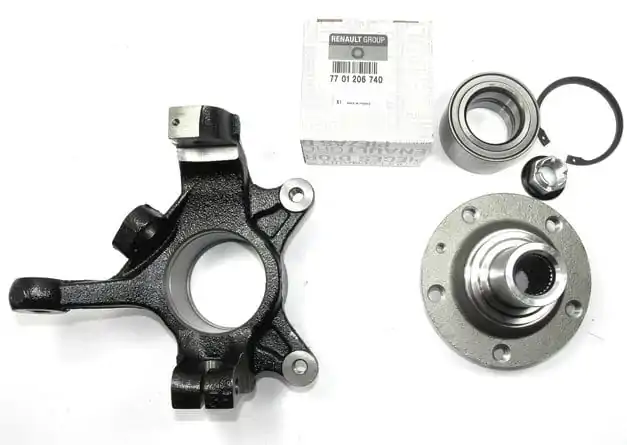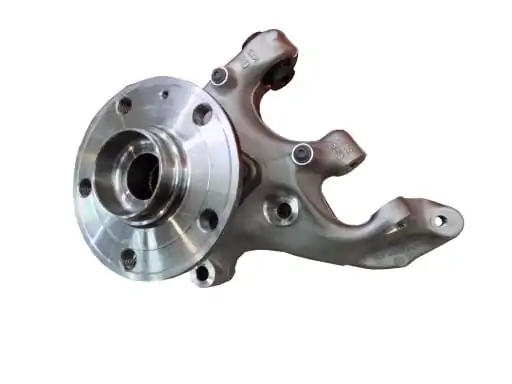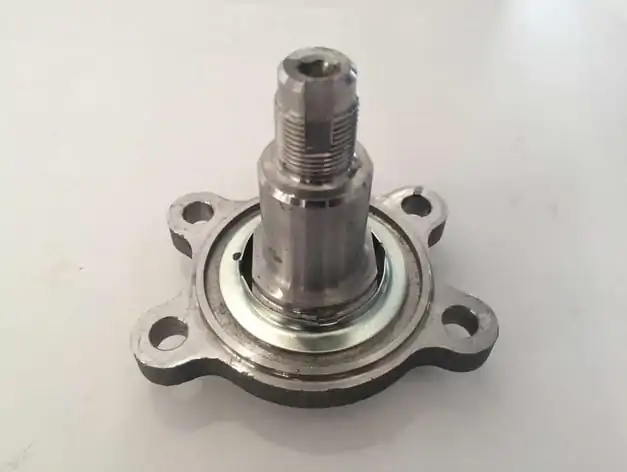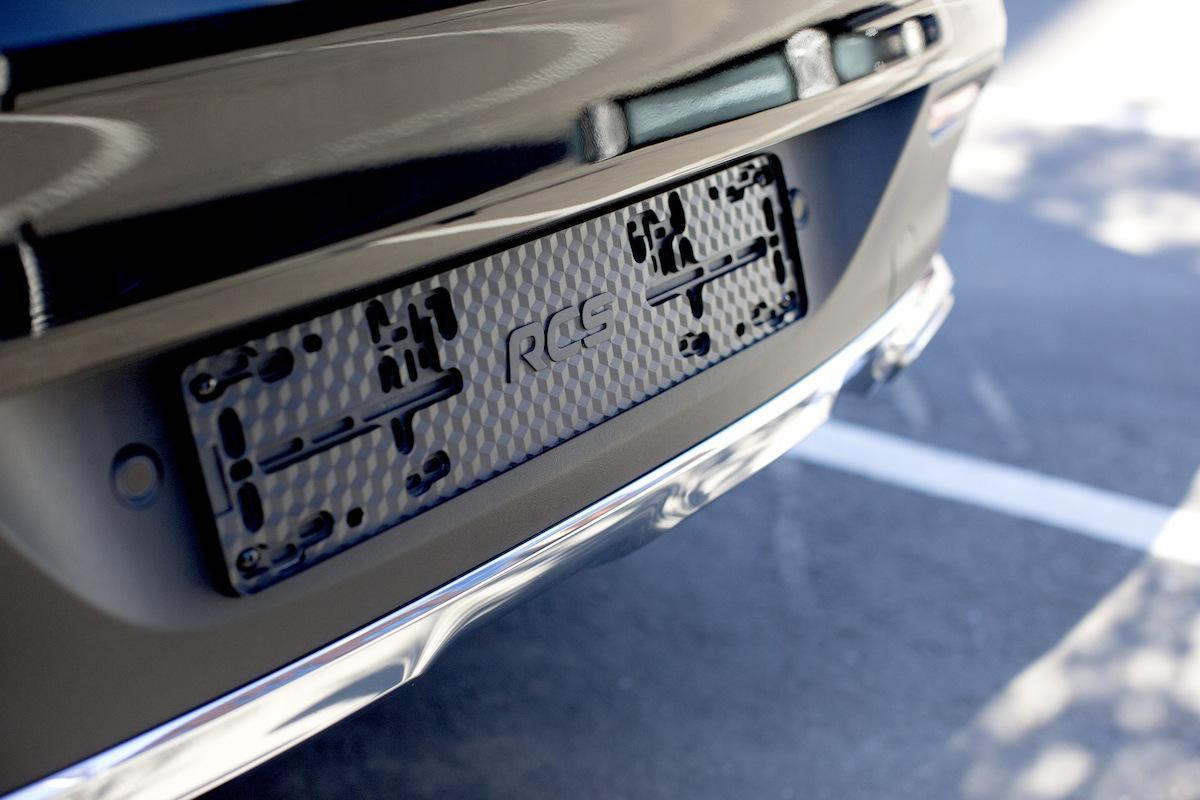
What is a trunnion?
Content
Pin
A trunnion is a part of a shaft and a shaft assembly on which a bearing, or several bearings, is placed. The steering knuckle is installed on both the front and rear axles. There are many versions of the trunnion, depending on the type of suspension, different alloys are used. Next, consider the steering knuckle from all sides.
Trunnion steel composition
Since the trunnion is constantly under heavy load, even when the machine is stationary, it must be made of the highest quality and durable material. Cast iron cannot be used for the manufacture of this part, since this metal, although strong, is fragile. Trunnions are made of 35HGSA steel by the litte method.
Such steel consists of:
- Carbon. This element provides the iron alloy with the properties of steel, and the strength is provided after heat treatment.
- Sulfur and phosphorus. Their number is strictly controlled, because their excess makes steel brittle in the cold.
- Silicon and manganese. They are specially added to the metal during melting and act as a deoxidizer. In addition, they provide some sulfur neutralization.
Some types of steering knuckle are made of high alloy or carbon steel. In this case, the part is more durable, has an increased working life, which has a positive effect on the safety of a car operated in harsh conditions. The lack of alloy or carbon steel in its high cost, therefore, steel grade 35 KhGSA has sufficient strength (due to heat treatment).
Pin arrangement

Most often, the trunnion is made of alloy steel, cast iron and aluminum. The main requirement for the product is strength and ability to withstand shock loads. The peculiarity of the steering knuckles, except for aluminum, when they are damaged, they burst, which means they can not be repaired.
The steering knuckle is divided into three categories:
- for front axle independent suspension;
- for the rear axle of a semi-independent suspension;
- for rear axle independent suspension.
Front axle
The axle here is called the knuckle for the possibility of turning the wheels. The fist has an axis for tapered bearings or holes for the hub assembly. It is attached to the suspension due to ball bearings of the levers:
- on a two-link suspension (VAZ 2101-2123, “Moskvich”), the axle is attached to two levers through the lower and upper ball bearings;
- on a MacPherson-type suspension, the lower part of the fist is attached through the ball to the lever, the upper part provides for mounting to a shock absorber, which is held by support on the body glass.
Among other things, the trunnion has holes or bipods for fastening the steering tip, due to which the wheels are able to rotate with a force on the steering wheel.
Rear axle
The rear axle fist has various modifications:
- for a beam (semi-independent suspension), the axle has several holes for fastening to the beam, an axis for the hub unit, as well as a thread for attaching the wheel bearing. The trunnion is attached to the beam, the hub assembly is extruded onto the trunnion axis, then clamped with a central nut;
- for independent suspension, a trunnion of the same design as in the front suspension is provided. One or several levers are attached to the fist, there are also modifications (aluminum trunnion), where a floating silent block is pressed into the fist. Most often, the bearing is not pressed out into the rear fist; instead, a hub assembly is mounted with 4 or 5 bolts.
Trunnion life and causes of failure

The service life of the steering knuckle is designed for the entire operation of the car. The failure of the trunnion can be in several cases:
- Accident, when with a strong blow, the suspension deforms and the fist breaks;
- getting into a deep hole at high speed, for aluminum fists leads to their deformation, and therefore the inability to stabilize the wheel alignment;
- wear of the seat under the wheel bearing occurs due to a long ride with an loose wheel nut, as well as due to the operation of a car with a defective bearing (strong play creates a lot of friction and vibration).
It is extremely rare that situations arise when there is a development in the seats under the finger of the steering tip and ball joint. In this case, tightening does not help, the hinges still hang in the “ears” of the fist, while the operation of the car is prohibited.
Symptoms of malfunctions
Attention should be paid to the condition of the steering knuckle if:
- When turning, there was a knock coming from the wheel;
- A backlash appeared at the wheel hub;
- While driving, a knock is clearly audible even on insignificant pits.
If such symptoms appear, it is better to contact a service for diagnostics as soon as possible. To identify problems with the pin, this unit will need to be disassembled (dismantle all the elements of the systems attached to the fist). Some faults (increased localized wear) can be identified visually.
How to replace?

Replacing the trunnion is a laborious process. Let's consider several options.
Front fist
To replace the fist, you must immediately replace the wheel bearings or assembly. Before dismantling, it is necessary to immediately tear off the central nut of the hub (a long shoulder is required), and also tear off the nuts of fastening of the ball bearings, steering tip. After the wheel is hung, removed. The steering rod tip is first disconnected, due to this the pin will rotate freely. Next, the ball bearing is dismantled (if the front-wheel drive, then the shock absorber is removed) and the fist is removed. It is important to pre-treat the joints with a “liquid wrench”, since the suspension bolts and nuts are often corroded. The trunnion is mounted in the reverse order.
Rear fist
If the suspension is independent, then the principle of dismantling and installation works is the same. For the axle of a semi-independent beam, it is enough to remove the wheel, then unscrew the 4 bolts that secure the fist. If you leave the old hub, it should be pressed out, but this is possible with a three-leg puller or hydraulic press. When installing a new trunnion, the mounting bolts must be new, always treated with copper grease.
After mounting a new fist, be sure to adjust the bearings and also provide the hub assembly with a sufficient amount of lubricant.
Related videos
Here is a short video showing how the trunnion changes using the example of the Dacia Logan:
Questions and answers:
What is a trunnion for? On stationary axles, the trunnion secures the support bearing and the shaft so that the axle load is minimized. On the front wheels, this part combines the elements of the chassis, suspension and braking system. In this case, the trunnion (or steering knuckle) allows at the same time to firmly fix the support bearing of the hub and at the same time does not impede the rotation of the wheels.
What is a hub journal? This is the part of the axle on which the thrust bearing is mounted. A hub is pressed onto it, to which the wheel is screwed. On the rear fixed axle, this element is firmly fixed in a stationary state. In the case of the front wheels, the trunnion is called the steering knuckle, which has a slightly different design.

One comment
devotion
Mention the types of trunions.